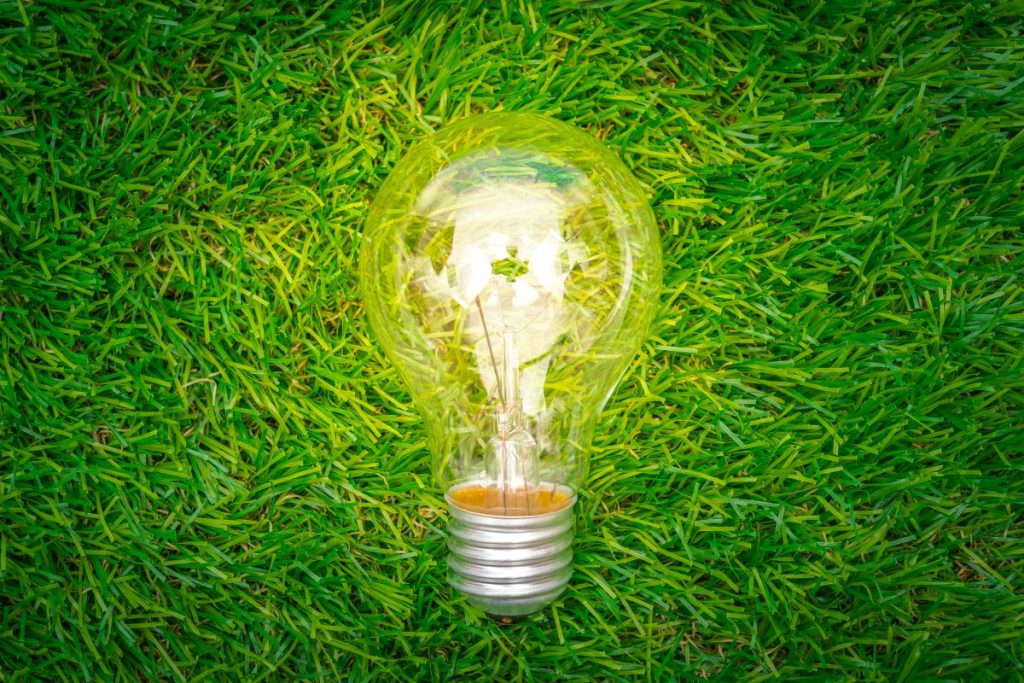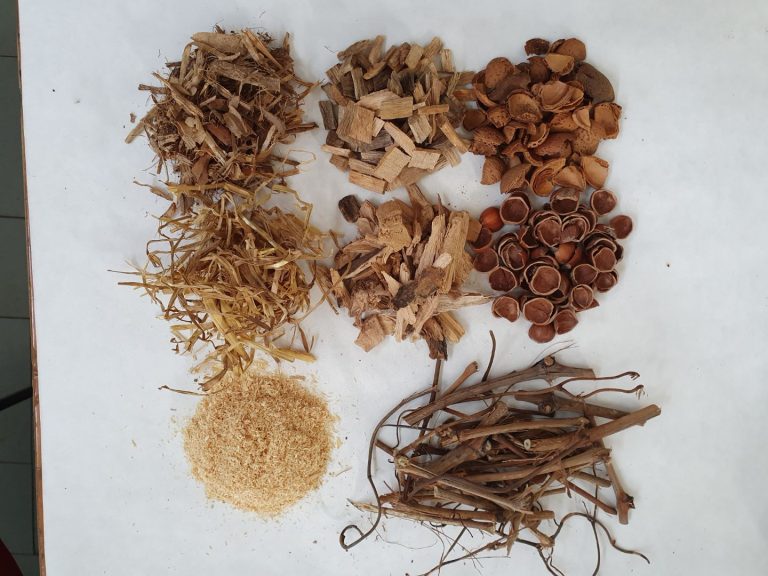Editorial
GICO successfully reached its 18th month and currently the partners are focusing on the activities pertaining to the following work packages: WP2 Biomass, HTC, SEG and HGC, WP3 Co2 Conversion and O2 Separation and the market monitoring and analysis included in the WP6 Dissemination and Exploitation.
Under the spotlight
D2.2 Characterisation and production of large scale pretreated feedstocks has been achieved. The deliverable relates to the characterisation of the selected biomass in D2.1, and the production of large quantities of hydrochars for SEG tests. In particular the preparation of 60 kg of hydrochar from 5 different feedstocks (300 kg total) has been carried out in order to make SEG gasification tests on a pilot scale(ENEA)

D2.3 relating to CO2 sorbent and reforming catalyst agent , in particular the methodology used for the development of the catalytic and sorbent systems, the production methods selected, as well as the characterization and testing of the materials to use in the forthcoming sorption enhanced gasification experimental runs where the operating temperature is 650 °C have been carried out.
First version of D2.7 SEG (Sorption Enhanced Gasification) experiments in test rigs: measurement of process parameters and syngas quality has been carried out. In particular key parameters of the biomass gasification intensified with CO2 capture via solid sorbent have been investigated. This sorption enhanced gasification (SEG) has been carried on two different test rigs: a rotary drum reactor (RDR) and a bubbling fluidized bed (BFB) reactor to evaluate the related performance with respect to the characteristics, physical and chemical, of the several feedstocks considered of relevance in GICO.
D3.4 Oxygen separation membranes: first generation has been achieved. In particular BSCF/CGO dual phase ceramic membranes have been manufactured with the aim that they can be integrated into plasma reactors in order to “pump” the oxygen out from the CO2dissociation reaction zone of the plasma reactor. These dead-end tubular membranes have been obtained through the phase-inversion casting process of a ceramic paste containing the BSCF and CGO ceramic powders, and their subsequent heat treatment.
Also D6.4 Market monitoring and analysis has been carried out. In particular a comprehensive market analysis based on a SWOT analysis, a PESTLE analysis aimed at collecting data on market needs, identify the full range of potential customer segments, opportunities, and threats for the positioning of the innovative project on the market.
Next steps
In the next months activities relating SEG process and different plasma tests in order to separate CO2 will be carried out. Furthermore, at the beginning of June 2022 the partners will virtually meet to share achievements in the different work packages and set the next results to come.

